Contents
1. 10 Yellow School Buses
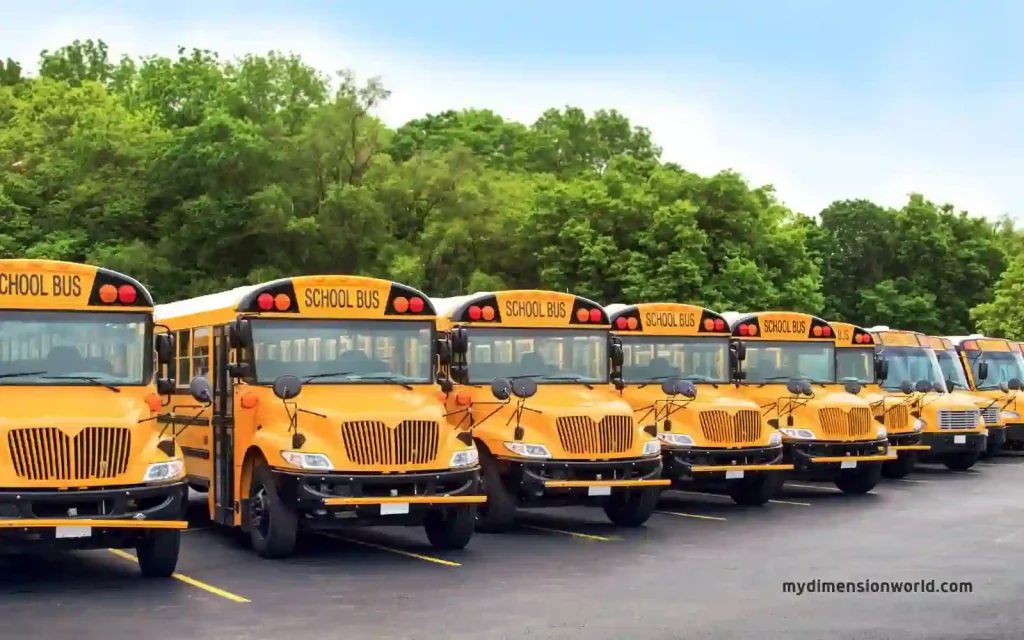
Did you know that school buses in the US must be painted yellow? Yeah, it’s a federal law! The reason behind this is that yellow is easier to see in low-light conditions like early mornings. And get this, a typical yellow school bus is 11 meters long or 36 feet!
So imagine lining up ten of those buses in a row. That would be a perfect 110 meters yellow line. That’s a pretty long line of buses, don’t you think? It’s amazing how much space those buses take up on the road. But it’s all worth it to ensure the safety of our kids on their way to school.
2. Height of a 25 Storey Building
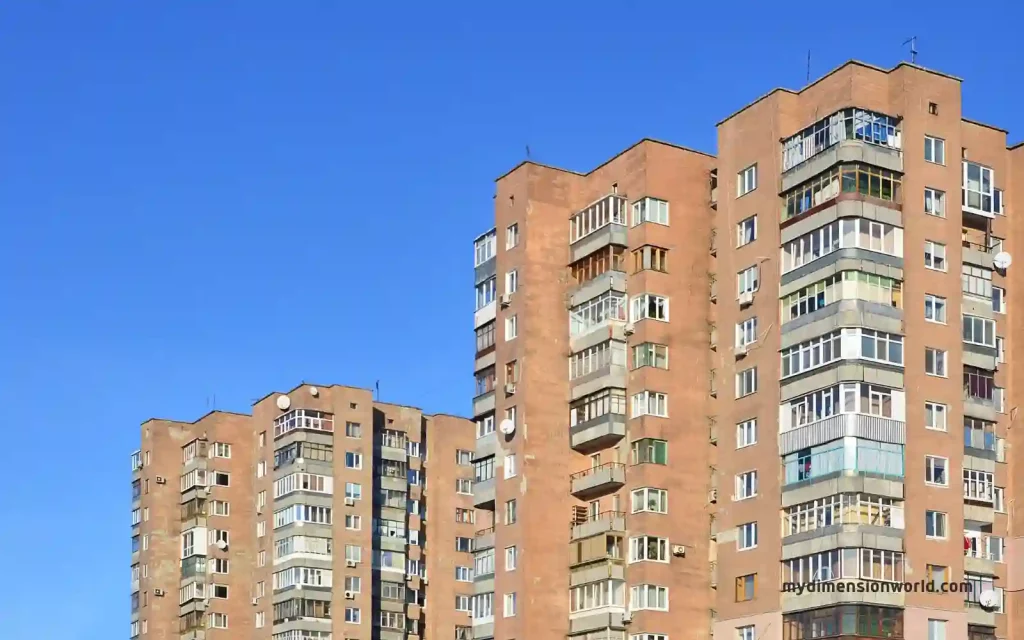
In a standard American building, each story is about 14 feet or 4.2 meters tall, including the ceiling height, the floor’s thickness, and the space between the floor and ceiling. And if we assume that the ground floor level is about 4.6 meters, then it’s pretty easy to calculate that a 25-story building would be a whopping 110 meters tall!
3. NFL Football Field
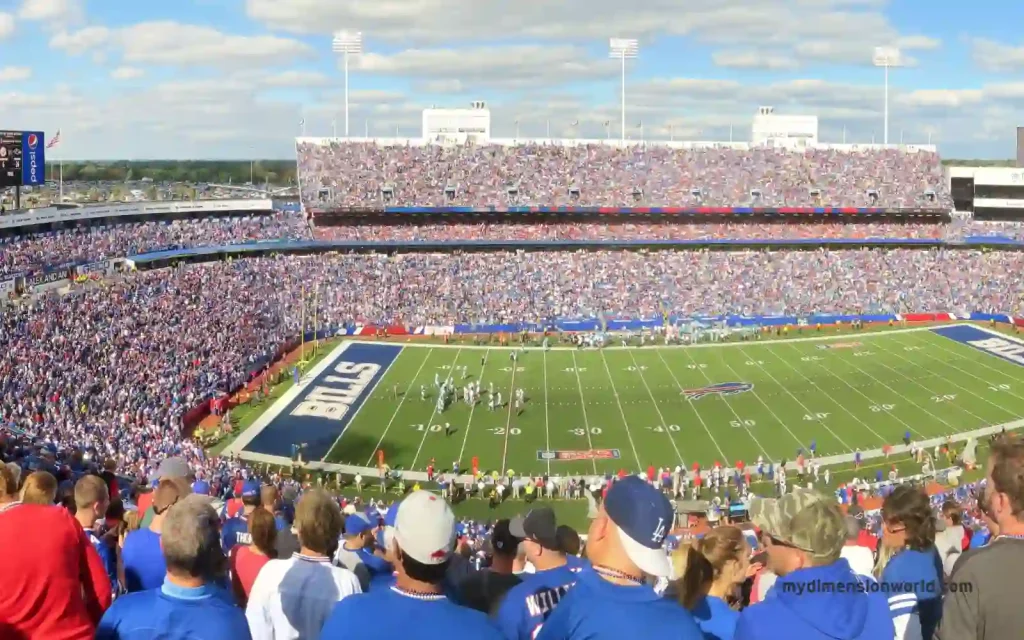
NFL Football Field is rectangular and measures 100 yards in length (110 meters for our metric friends!) and 53.3 yards in width. The end zones are an additional 10 yards deep on each end, making the total length of the field 120 yards.
The goalposts are located at the back of each end zone and measure 18 feet, 6 inches wide. So, if you’re ever watching a game and wondering how big the field is, just remember it’s 100 yards long, 53.3 yards wide, and has goalposts that are 18 feet, 6 inches wide. Easy peasy, right?
4. ¼ of the Empire State Building
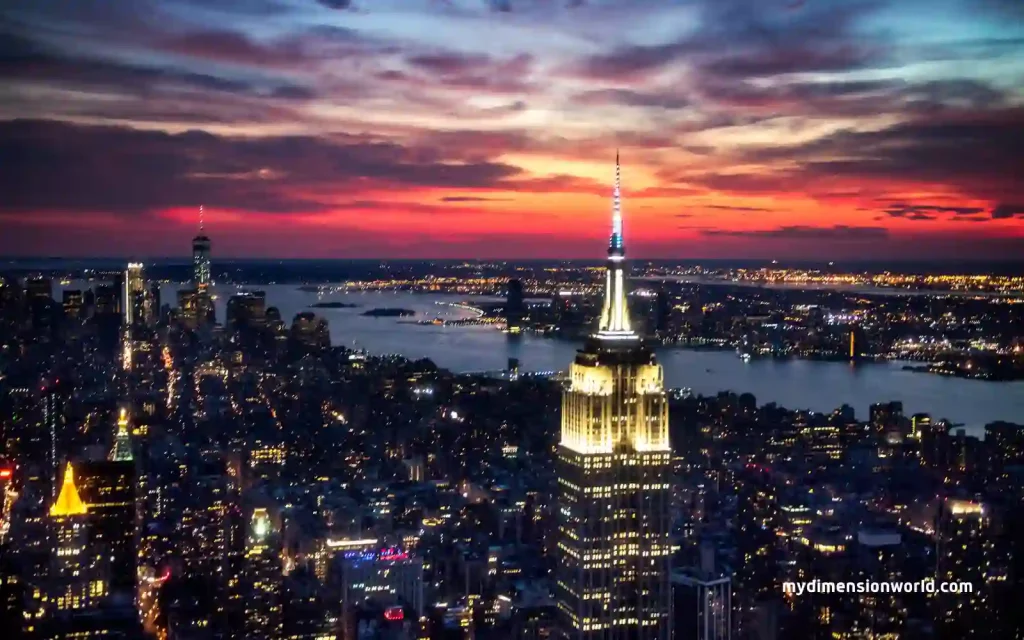
Empire State Building is an iconic structure that towers over the New York City skyline. But did you know that you could fit a quarter of the Empire State Building in a space just 110 meters long?
That’s right! The Empire State Building measures a whopping 443.2 meters from its base to the tip of its antenna. So, a quarter of its size would measure approximately 110 meters. That’s still pretty impressive, considering it’s just a fraction of the original building’s size!
Just imagine standing next to a building that’s a quarter of the size of the Empire State Building. It would still be quite tall and massive, wouldn’t it?
5. 1/3 of the Eiffel Tower
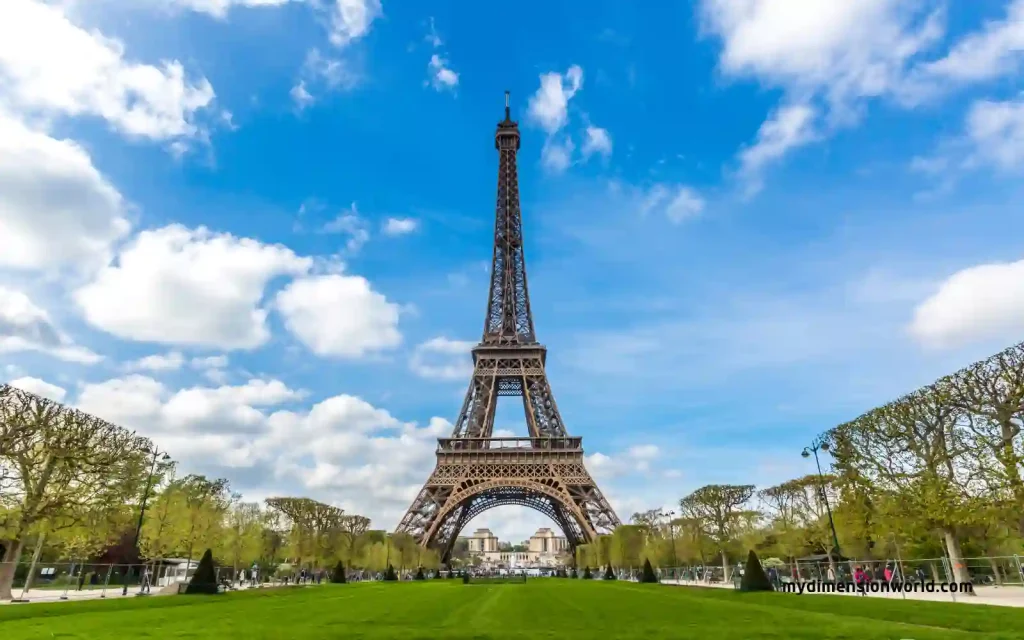
The Eiffel Tower, located in Paris, France, is a massive 324-meter structure (including the flagpole).
To give you an idea of how tall that is, imagine stacking three football fields on each other! Now, if we take one-third of that height, we’re left with 110 meters. That’s still pretty impressive, right? Just picture a building that’s over 100 meters tall!
The shape of the Eiffel Tower is also unique, with its four legs tapering towards each other and meeting at the top. It’s no wonder the tower is one of the most famous landmarks in the world.
6. 7 Trailers
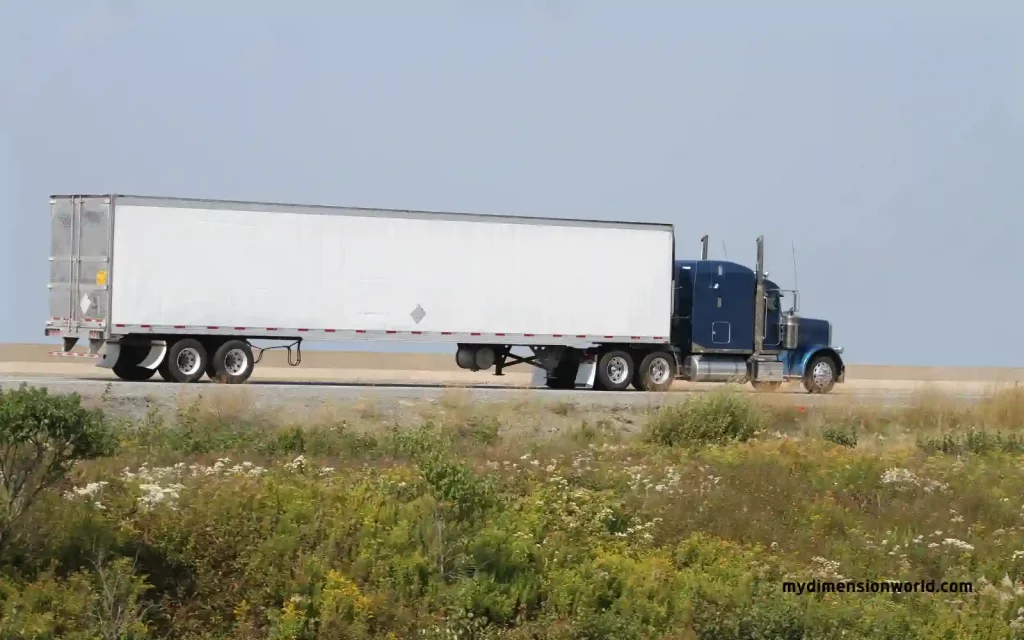
Did you know that the federal government regulates the size of commercial trailers in the USA? Depending on the trailer’s design and purpose, they can range from 48 to 53 feet long. But have you ever wondered how big seven trailers back-to-back would be?
Well, it turns out that they would measure a whopping 110 meters in length! That’s almost the size of the Eiffel Tower lying down! However, if you add the trucks that pull these trailers, which are around 8-9 feet long, the overall length would be slightly shorter.
7. Length of a City or Suburban Block
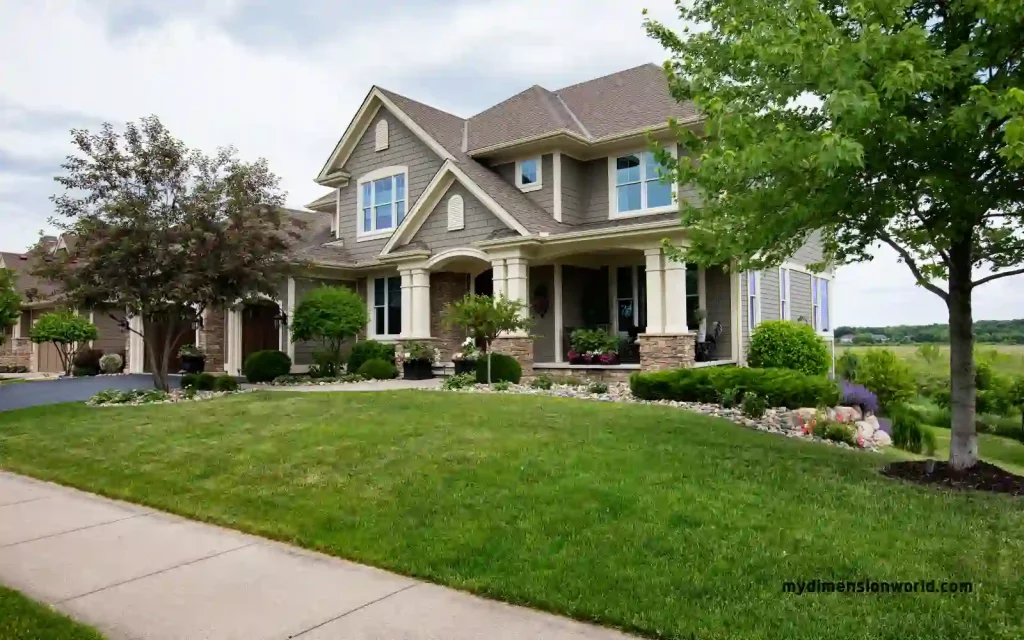
In some cities, blocks can be as small as 80 meters or as large as 250 meters, while suburban blocks tend to be larger. For example, the standard suburban block in the United States is typically around 110 meters long.
But what exactly is a block? A block is a defined area of land bordered by streets or other physical boundaries. The length and size of a block can significantly impact how a city or suburb functions.
For instance, smaller blocks may make it easier for pedestrians to navigate and can promote a more walkable city. On the other hand, larger blocks may be more conducive to car traffic and can help reduce congestion.
